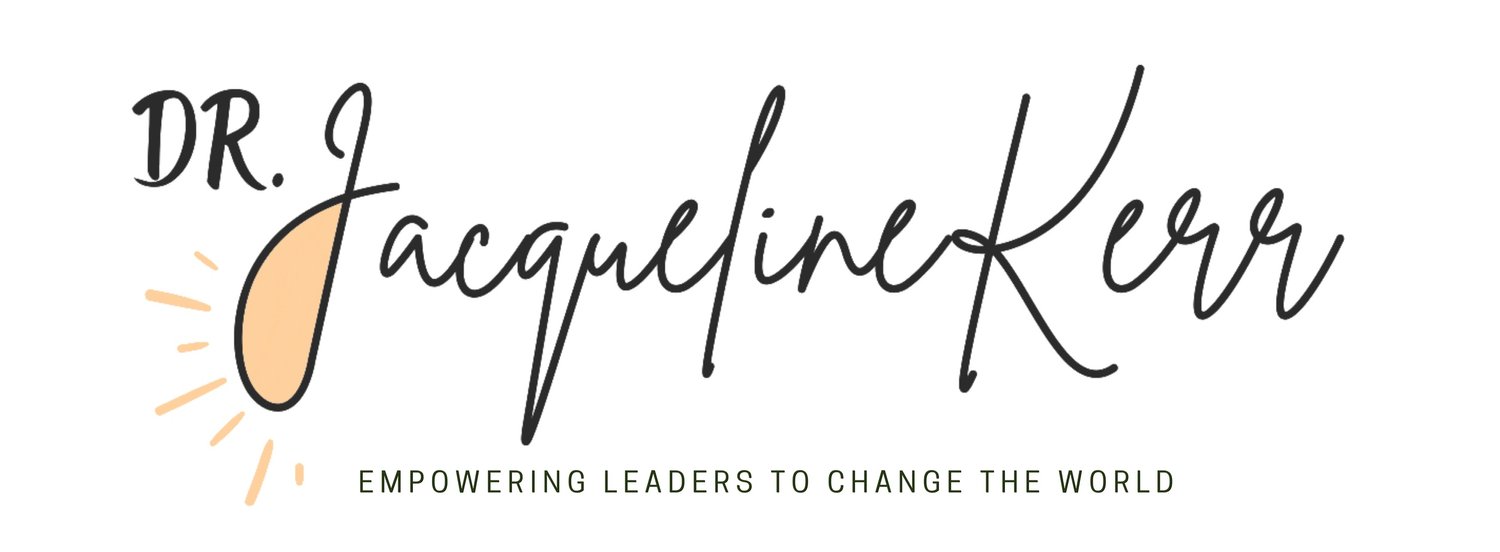Role modeling burnout prevention as a leader
I was recently asked by a BBC Journalist, how can burnout at the top of companies trickle down and have a knock-on effect on worker wellbeing and satisfaction?
A recent Deloitte report showed that the C-Suite is also struggling with burnout and we know what is being role modeled from the top influences everyone in the organization.
But the report also shows the mismatch between employees’ experience of their leaders’ actions that demonstrate caring about their employees’ well-being. Employees think leaders do not care.
So what is going on?
Role modeling appropriate working behaviors is important for the whole organization
Role modeling from the top is extremely important - any solution for burnout would start here. The STAR program from Harvard (Support, Transform, Achieve, Results) is evidence based and takes a manager through the behaviors that demonstrate appropriate working practices. These include:
Focus less on when, where, and how work happens and more on results.
Acknowledge and support people’s lives and priorities outside of work
Identify and reduce low-value work
Clarify what is expected of each employee
Encourage employees to share when they are feeling overloaded
Make it the default that employees decide when and where they work
Recognize that people need concentrated time (often offline) to work effectively
Change up your own work routines to fit in your personal, family, or health commitments.
While these behaviors seem fairly obvious, most leaders are not doing these. The role model from the top is much more likely to be the ideal worker 24/7 with no boundaries, no breaks, and unreasonable expectations all around. When leaders role model these behaviors then it is no wonder their employees are burning out too.
Leaders in burnout will be presenting with problematic behaviors for their role and organization
Most people do not recognize their burnout, partly because we are like frogs in cold water slowly being boiled, and we do not really understand that burnout is more than being busy and exhausted. Most people experience physical symptoms like panic attacks that stop them in their tracks. Because they failed to recognize other symptoms that could have been spotted along the way. See my free guide on how to spot burnout in your employees https://www.drjacquelinekerr.com/free-guide.
When a leader burns out, they will likely be putting in even more hours and being ineffective, they will become cynical and depersonalize which means they may see their employees less as people. They will be frustrated, get angry at small things, and eventually they may start to have unhealthy coping behaviors, illness or depression. They may have brain fog that stops them being able to think clearly.
Another problem with burnout is that our brains revert to old biases and stereotypes. Research on physicians has shown they are more racially bias towards patients when they are burned out. We don't have the mental energy to keep interrupting our ingrained biases.
So if C-Suite leaders are burned out their decision making is likely to be more biased (even if previously they were able to mitigate these biases). And these biases lead to all the conditions that make it more likely for devalued and marginalized groups to burnout at work. So burnout in the C-Suite will be perpetuating a bias-burnout cycle.
Why burnout in employees is different from CEOs
The vast majority of the C-Suite are white men, their experience of burnout will be different to other groups and this is partly the source of the mismatch between employee perspectives. Most of these leaders are likely to be experiencing overwork as the cause of their burnout, so time management, self care and delegating are appropriate solutions to this type of burnout.
BUT, there are other causes of burnout that are clearly identified by the research including: lack of autonomy, lack of reward, lack of psychological safety, values conflicts, relationship conflicts, and role strain (e.g. being caregiver and worker). Employees not in the C-Suite, e.g. devalued and marginalized groups such as women of color and moms, will be experiencing burnout due to these causes. And the solutions to these problems are not self care!!!
So in summary, what the C-Suite is experiencing, their messaging around self care as a solution for burnout, and the focus on the individual, is denying the systemic nature of the problem and the potential for organizational solutions.
Solutions that address the root cause of the burnout problem
Self care, vacations and time management will not solve the burnout problem that most employees face. Instead policies and systemic solutions are needed that provide flexibility and autonomy, equal rewards for all groups, and safe environments for growth. And when CEOs role model support of decision making systems that take the bias out of their hands, then burnout will be reduced, productivity will increase and innovation will soar based on the collective, creative intelligence of diverse, healthy team members. Some of these burnout-bias solutions include:
✓ Structured interviews with objective criteria and team decisions for hiring and promotion
✓ automatic promotion review process not self selection, and standard achievement logs not self appraisals
✓ subsidized coaching, subsidized childcare, and paid leave
✓ transparent pay bands, pay equity reviews
✓ shift work options around school pick up times, flexible work audits
✓ funding the valuable work of ERGs,
✓ creating safe spaces for mental health and inclusion discussion throughout the organization, banning NDAs
✓ team well being as a key performance indicator.
